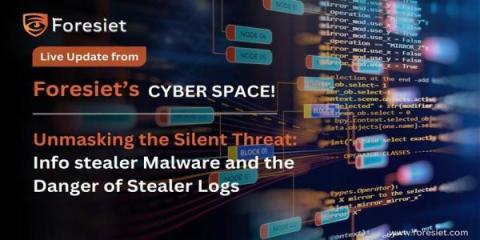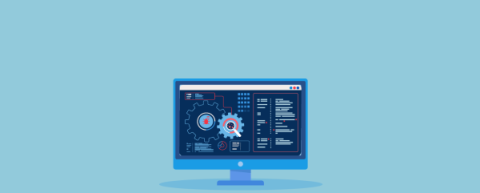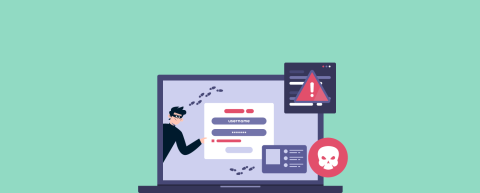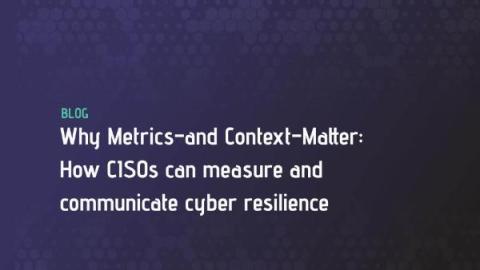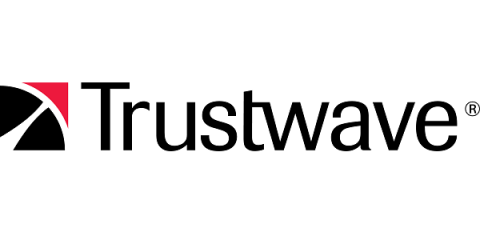AI Transparency: Why Explainable AI Is Essential for Modern Cybersecurity
Modern cybersecurity has reached an exceptional level, particularly with the integration of AI technology. The complexity of cyberattacks and their methodologies has also increased significantly, even surpassing human comprehension. This poses a considerable challenge for cybersecurity professionals who struggle to keep pace with the scale and complexity of AI-generated attacks.






